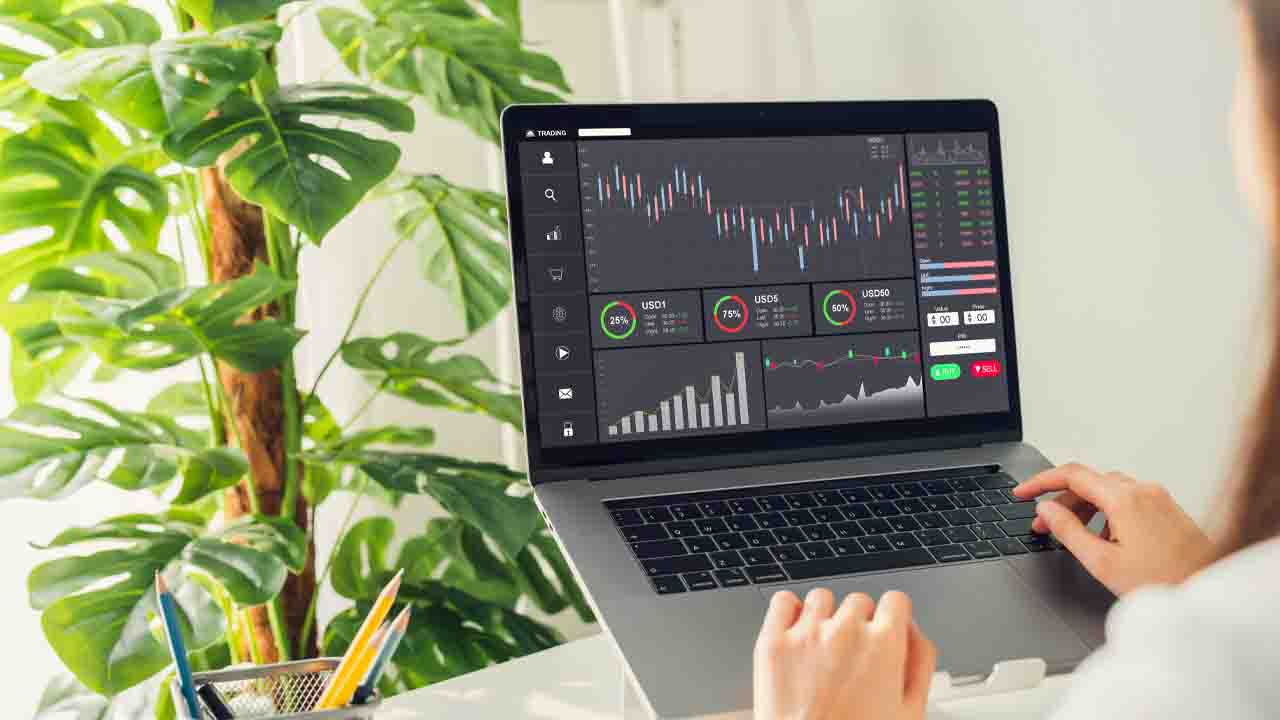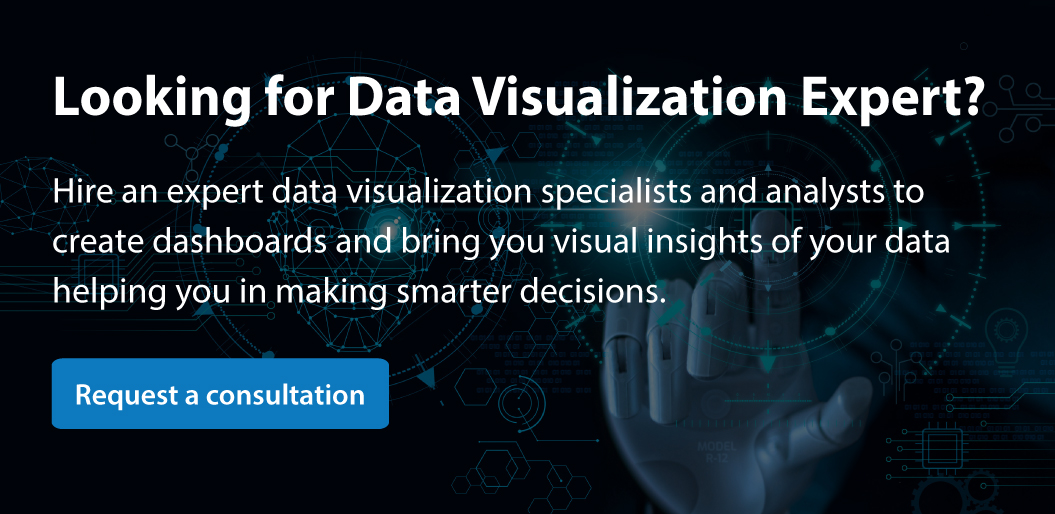Table of Contents
Tell stories by curating data into a form that is easier to comprehend, highlighting just the useful information.
Our eyes are immediately drawn to colours and patterns. Our culture is more visual when compared to other senses.
When we see a chart, we quickly comprehend trends and outliers.
Data visualization is powerful storytelling with a purpose.
Hence, we need data visualization tools because a visual summary of information is much easier to comprehend than looking through thousands of rows on a spreadsheet.
Data is, in fact, much more valuable when it is visualized.
A good visualization crafts a story, removing the noise from data and highlighting just the useful information.
Impacts of data visualization
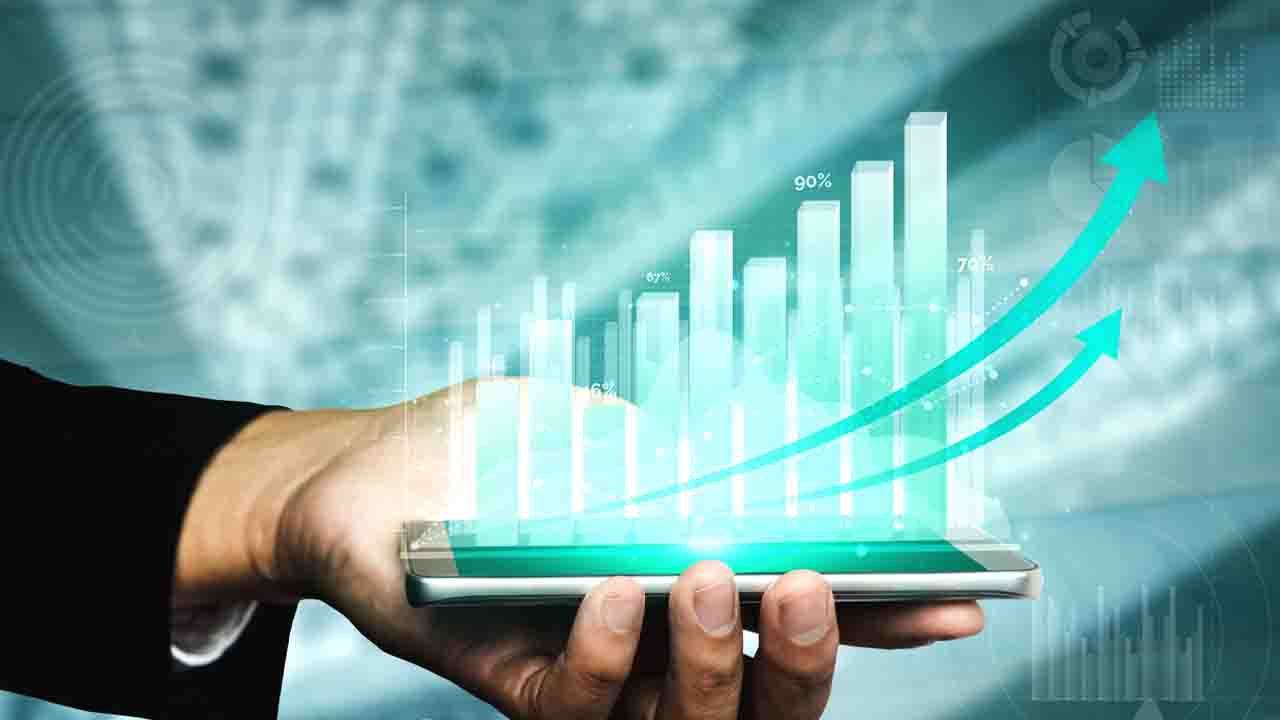
No matter what business or career you have chosen, data visualization can help deliver data in the most efficient way possible.
Data visualization uses visual data to communicate information in a manner that is universal, fast and effective.
Let us look at other equally important impacts of data visualization.
- Helps in decision-making.
- Identify the core aspects impacting business results.
- Forecast future trends and patterns.
- Display trends over a period of time.
- Prevent chances of error in decision-making.
Benefits of data visualization

Data visualization positively affects an organization’s decision-making with interactive visuals representing data.
Businesses have benefitted tremendously by recognizing patterns more quickly because they can interpret data in graphical or pictorial forms. Let’s discuss in detail.
Correlations in Relationships: Data visualization helps identify the correlations between independent variables. By making sense of those variables, we can make better business decisions.
Examining the Market: Data visualization takes the information from different markets to give you insights into which audiences to focus your attention on and which ones to stay away from.
Frequency: By examining customers and their purchase pattern, you can have a better sense of how potential new customers might act and react to different marketing and customer acquisition strategies.
Trends Over Time: It is impossible to make predictions without the necessary information from the past and present. Trends over time can tell us where we were and where we our business can potentially expand.
Why is data visualization important for your business?

The data and the visuals need to work together, and there is an art to combining great analysis with great storytelling.
Data visualization can cut short business meetings by 24%, reports American Management Association statistics.
A report by Tableau, reveals that managers who use the tools for visual data recovery find the correct required data, whereas more than 48% need help from their IT staff and other personnel.
The advanced analytics capability of Data Visualization tools makes it 5 times easier in decision-making processes than their competitors.
Specific business intelligence that has effective data visualization techniques, provide an ROI of $13.01 for each dollar spent, states report based on Nuclear Research.
The different types of visualizations
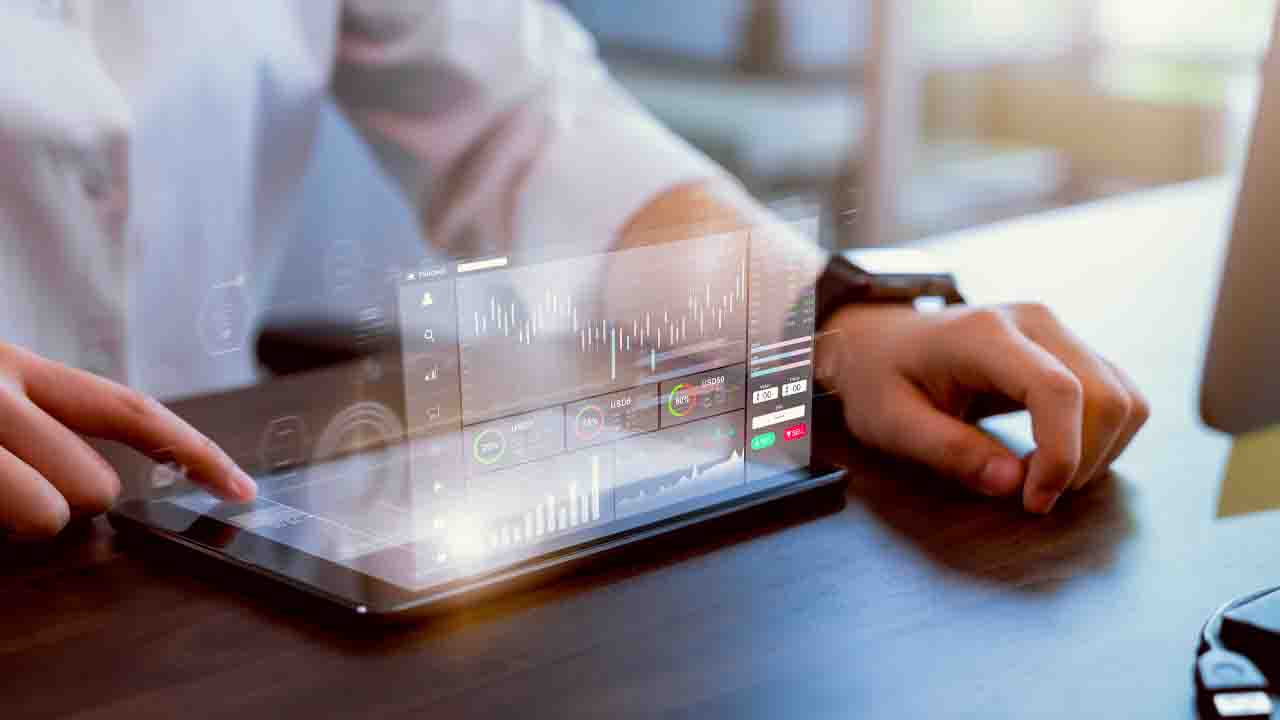
There is more to data visualisation than just bar graphs and pie charts. These are only the tip of the iceberg.
There is a whole selection of visualization methods to present data in effective and interesting ways.
Common general types of data visualization:
- Charts
- Tables
- Graphs
- Maps
- Infographics
- Dashboards
More specific examples of methods to visualize data:
[table id=16 /]
Data visualization trends to watch out for in 2021
Data visualization has lent a new meaning to data itself.
Analysts at Gartner forecast that, by 2025, data stories (which are explained using visuals) will be the most common way of consuming analytics, with 75% of the stories automatically generated using augmented analytics techniques.
1. Real-time Data Visualization

Earlier companies would collect their data, visualize and analyse it.
This way of doing things is now obsolete and time consuming.
Businesses need to react quickly to what their data is telling them because of which, visualizing data in real-time is more important than ever.
Companies are integrating real-time data into their product offerings.
Real-time data visualizations can take the form of something as simple as a line chart updating in real-time or an interactive map that is updating with added information, such as sales, as fast as it comes in.
2. Video Infographics
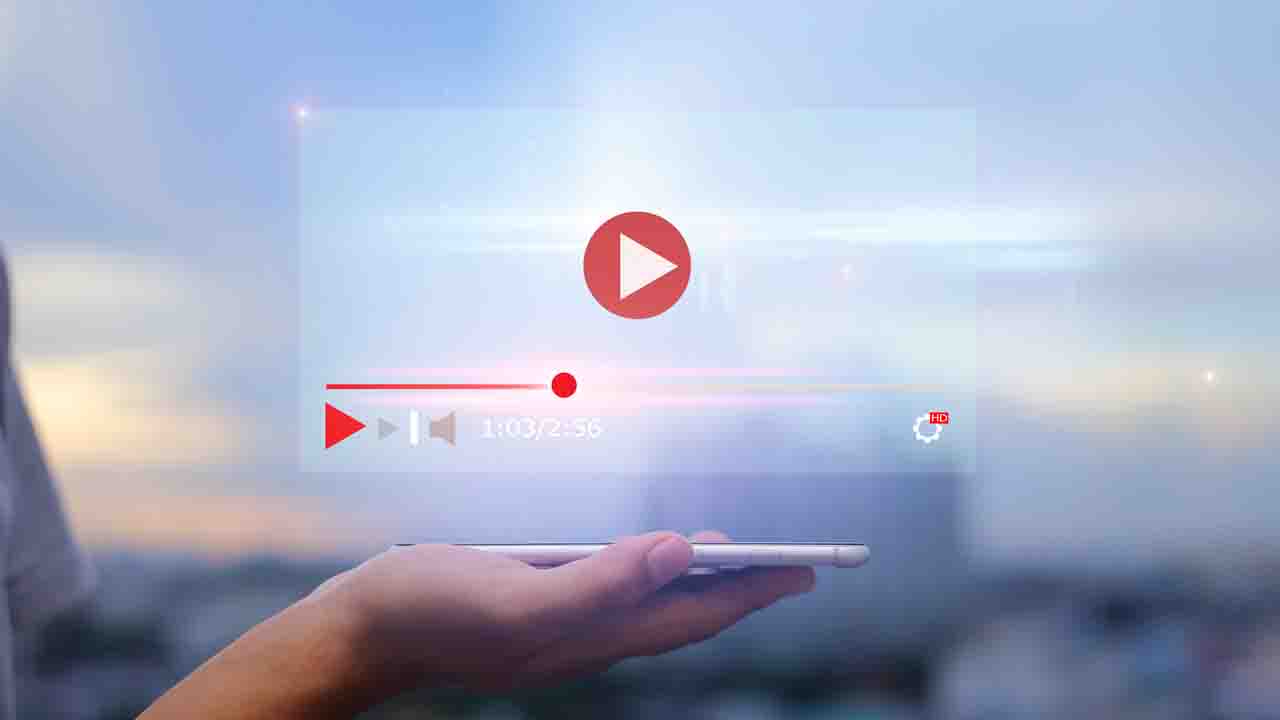
According to a recent survey, 66% of people would prefer to learn about a new product or service through a video. So, it is no surprise that businesses are turning to video to more effectively visualize their data.
Video infographics are short videos (usually 90 seconds or less) that visualize and explain data to the audience.
Let’s define other benefits of data visualization.
Entertaining: The combination of audio and visuals means it is more likely to evoke a response from the viewers.
Sharable: Videos are more likely to be shared on social media and viewed on tablets and mobile devices.
Understandable: This form of data visualization is often easier to understand, allowing for more data retention.
3. Augmented and Virtual Reality
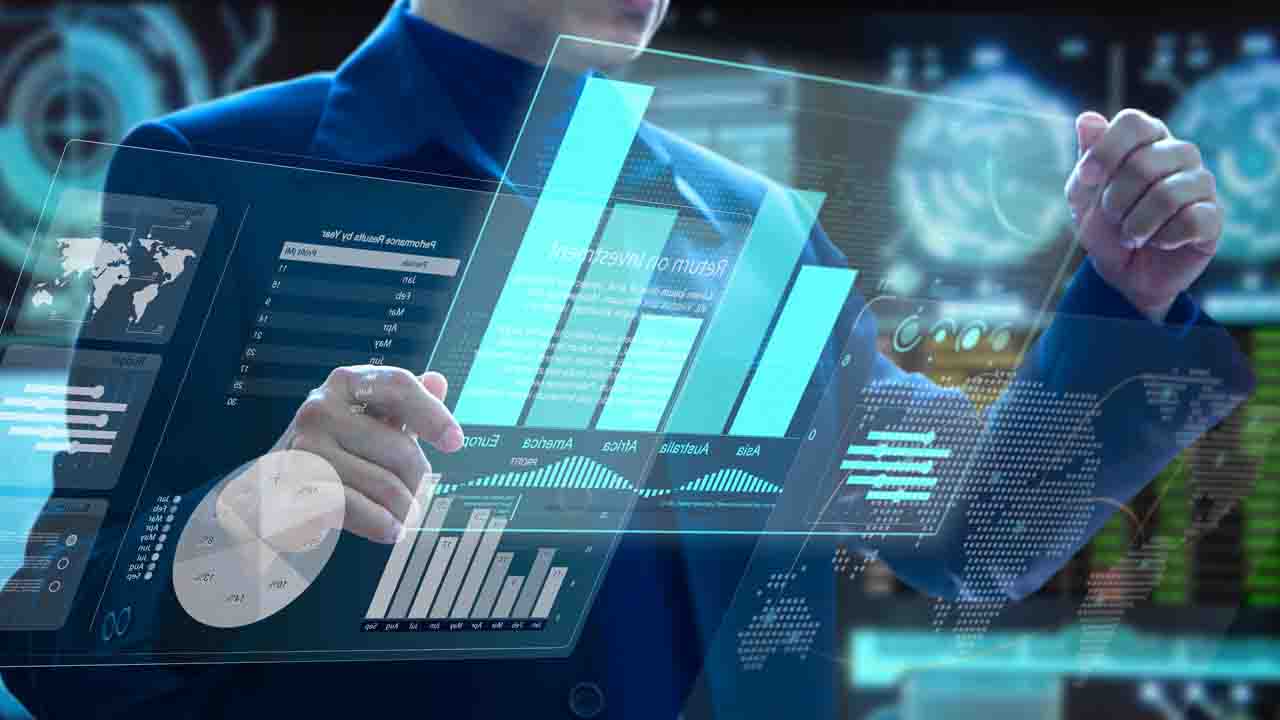
Virtual reality is the future. Many experts predict VR will change the way we view data, and this trend is already beginning.
VR technology is used with data visualization tools to create models, maps, games, and virtual events.
These immersive projects not only allow you to view your data but also interact with it.
The total VR market is projected to be worth $72.8 billion by 2024.
A final note
When you get started with data visualization, focus on best practices and explore your personal style when it comes to visualizations and dashboards.
Data visualization is not going away any time soon, so it is important you build a foundation of analysis, storytelling and exploration that you can carry with you regardless of the tools or software you use.
[mailerlite_form form_id=1]

